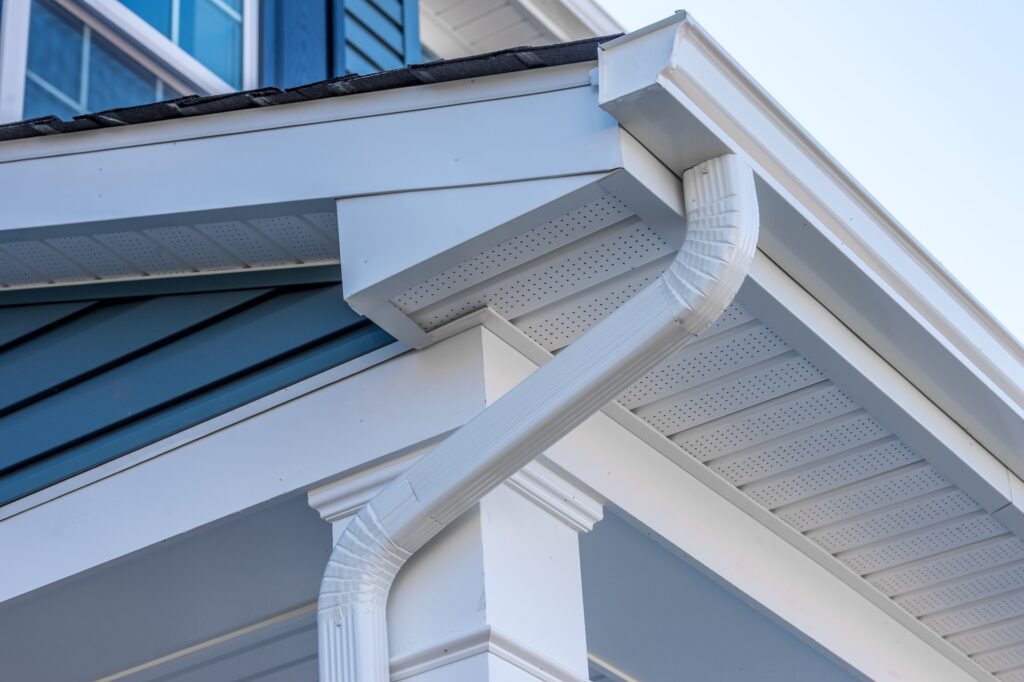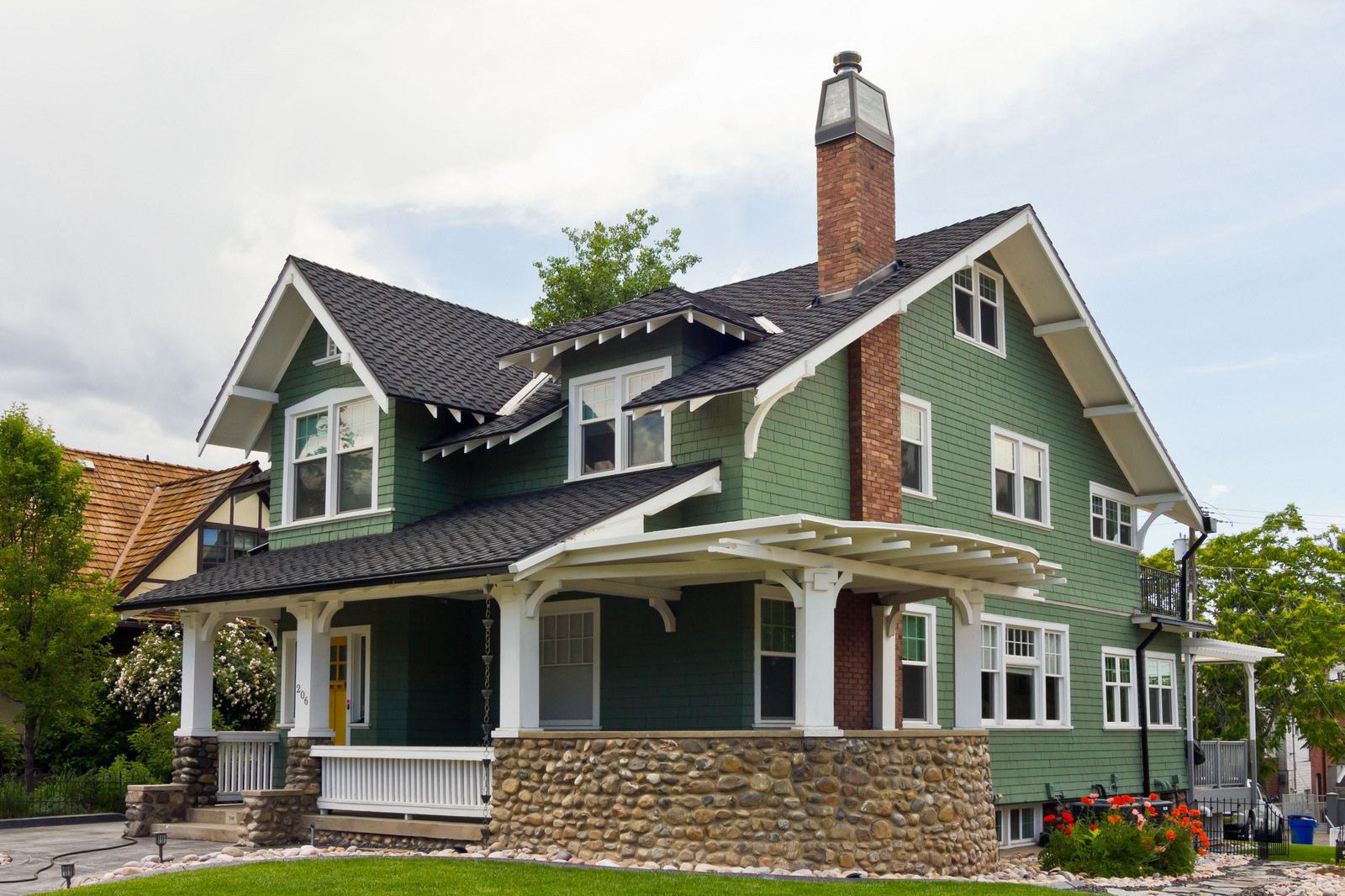Solar Shingles: A Comprehensive Roofing Guide for Wilsonville, Oregon Homeowners
As homeowners in Wilsonville, Oregon, increasingly look for ways to enhance their property value, improve energy efficiency, and reduce their environmental footprint, innovative roofing solutions like solar shingles are gaining attention. Unlike traditional solar panels mounted on an existing roof, solar shingles are designed to be the roof, integrating seamlessly with other roofing materials to provide both protection and energy generation. This guide explores what solar shingles are, how they work, their benefits and drawbacks, and what you need to consider if you're thinking about this advanced roofing option for your home.
Understanding Solar Shingle Technology
Solar shingles, also known as building-integrated photovoltaics (BIPV), are a type of roofing material that contains photovoltaic (PV) cells capable of converting sunlight into electricity. They are designed to look like conventional roofing materials, such as asphalt shingles or slate tiles, offering a more aesthetic alternative to rack-mounted solar panels.
At their core, solar shingles function similarly to traditional solar panels. They are made up of semiconductor materials, typically silicon, that generate a direct current (DC) when exposed to sunlight. This DC electricity is then sent to an inverter, which converts it into alternating current (AC) – the type of electricity used to power homes and businesses.
There are variations in how solar technology is integrated into the roofing material:
- Shingle-style: Designed to mimic the appearance and installation method of standard asphalt shingles.
- Tile-style: Resembling traditional roofing tiles like concrete or clay, often used on specific architectural styles.
- Flat-panel style: Larger, thinner panels that lie flush with the roof surface, offering a sleek, low-profile look.
Brands like GAF Energy (Timberline Solar™), Tesla (Solar Roof), and CertainTeed (Apollo II) are prominent players in the solar roofing market, each offering slightly different approaches to integration and aesthetics.
Compared to traditional rack-mounted solar panels, solar shingles offer a cleaner, less obtrusive look. While panels sit on the roof, creating a visible layer, solar shingles are the roof surface. This aesthetic advantage is a primary driver for many homeowners considering this technology, especially when replacing an aging roof. However, traditional panels often offer higher power output per square foot and can be easier to install on an existing, healthy roof. Solar shingles are typically considered when a full roof replacement is already necessary, making the combined cost and installation process more logical.
Aesthetic and Energy Benefits
One of the most compelling reasons homeowners consider solar shingles is their visual appeal. They blend in with the roofline, maintaining the architectural integrity and curb appeal of the home, unlike bulky traditional panels. This is particularly attractive for homes with prominent roofs or in neighborhoods with aesthetic guidelines.
Beyond aesthetics, the primary benefit is generating clean, renewable electricity. By harnessing solar energy, you can significantly reduce your reliance on grid electricity, leading to lower monthly energy bills. In some cases, depending on your energy consumption and system size, you might even generate more electricity than you use, potentially earning credits from your utility company through net metering programs.
Installing solar roofing can also increase your home's value. Studies have shown that homes with solar energy systems, particularly integrated ones like solar shingles, tend to sell faster and at a higher price than comparable homes without solar. It's an investment in both your energy future and your property.
Furthermore, choosing solar shingles contributes to a reduced environmental footprint. By generating clean energy, you decrease your dependence on fossil fuels, lowering your carbon emissions and supporting a more sustainable energy system.
For homeowners planning ahead or simply curious about the potential costs involved in a roof replacement that could include solar technology, understanding the scope and potential budget is a crucial first step. Getting an initial estimate can provide valuable insight without the need for an immediate site visit.
If you're planning a roof replacement and want to explore the potential costs, including options that could accommodate solar technology, getting a preliminary estimate is easy. You can quickly assess the likely budget for a new roof based on satellite imagery and local data.
Get an instant roof cost estimate
Potential Drawbacks and Considerations
While the benefits are significant, solar shingles also come with important considerations, primarily related to cost and efficiency.
The upfront cost of installing solar shingles is generally higher than installing a traditional asphalt shingle roof and then adding standard rack-mounted solar panels. This is due to the specialized materials, the integrated nature of the technology, and the need for installers skilled in both roofing and electrical work. While prices are decreasing as the technology matures, the initial investment remains substantial.
In terms of efficiency, traditional solar panels often have a higher power output per square foot than some types of solar shingles. This means you might need a larger roof area covered in solar shingles to generate the same amount of electricity as a smaller area of high-efficiency traditional panels. However, the technology is rapidly improving, and the difference is narrowing.
The complexity of installation and potential repairs is another factor. Installing solar shingles requires a specialized skill set. Not all roofing contractors are equipped to install them, and not all solar installers are experienced roofers. Finding a company with expertise in both areas is critical. If a solar shingle is damaged, repairing or replacing it can be more complex and potentially more expensive than replacing a standard shingle or a single solar panel.
Roof suitability is paramount. The roof must be in excellent structural condition, have adequate pitch and orientation towards the sun (south-facing is ideal in the Northern Hemisphere, but east or west can also be viable depending on the system design), and be free from excessive shading throughout the day. A professional evaluation is essential to determine if your roof is a good candidate.
Before committing to solar shingles, homeowners must carefully weigh the aesthetic and integrated benefits against the higher cost and potential efficiency differences compared to alternative solar solutions.
The Installation Process
Installing solar shingles is a complex process that combines traditional roofing techniques with specialized electrical work. It's not a DIY project and requires certified professionals. The process typically involves several key stages:
- Roof Inspection and Preparation: The existing roof is inspected to ensure the deck is sound and the structure can support the new roofing system. Any necessary repairs or structural reinforcements are completed. The old roofing material is then removed down to the deck.
- Underlayment Installation: A high-quality underlayment, often an ice and water shield followed by synthetic felt, is installed over the clean roof deck. This provides a critical layer of protection against moisture.
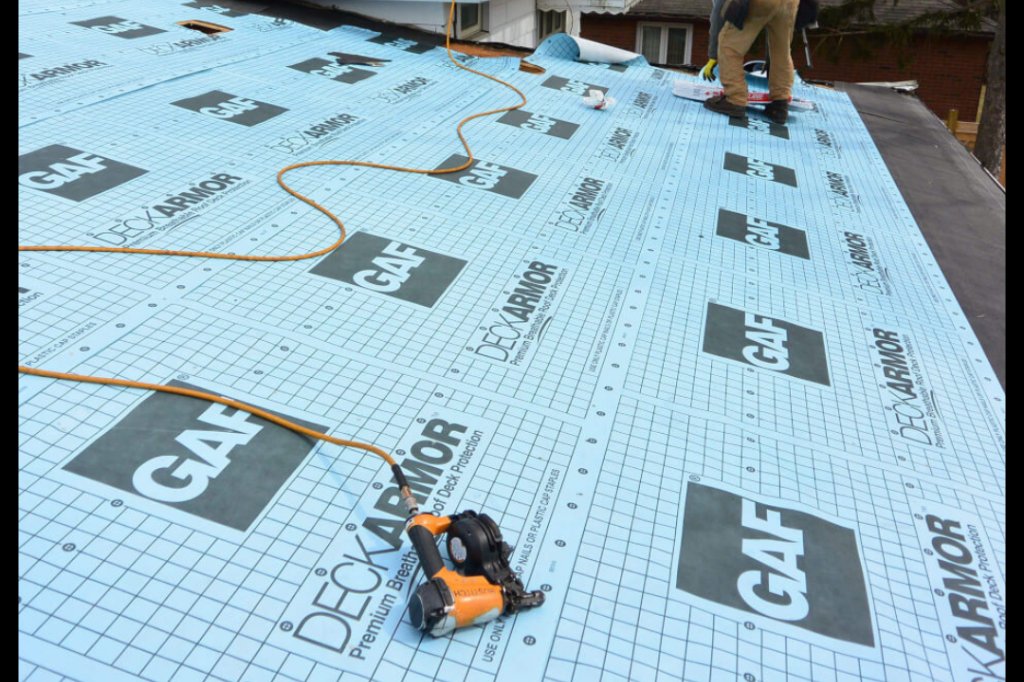
- Flashing and Venting: Proper flashing is installed around chimneys, vents, skylights, and other roof penetrations to prevent leaks. Ventilation systems (like ridge vents or soffit vents) are also addressed or installed to ensure proper airflow in the attic, which is crucial for roof longevity and solar panel efficiency.
- Shingle Layout and Installation: The layout plan for both the active solar shingles and the non-solar matching shingles is meticulously followed. Non-solar shingles are installed first in designated areas. Then, the solar shingles are installed, often using similar nailing patterns to traditional shingles, but with careful attention to wiring connections.
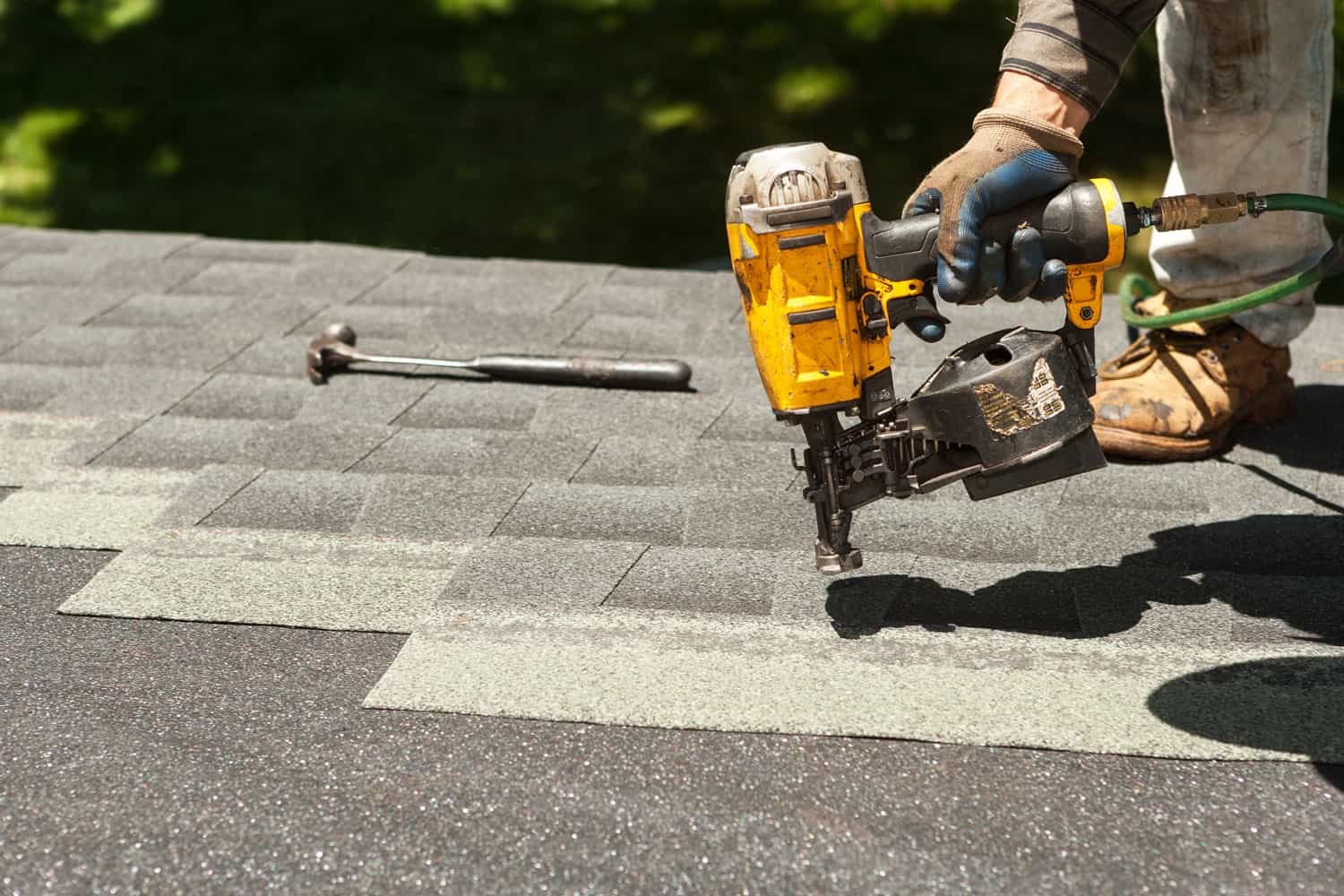
- Electrical Wiring and Connections: This is where the specialized solar work comes in. The solar shingles are wired together, typically in series and parallel circuits, and connected to conduits that run through the attic space. These conduits carry the DC power to the inverter, usually located on the side of the house or in the garage.
- Inverter and System Activation: The inverter is installed and connected to the home's main electrical panel. Depending on the system, batteries for energy storage and monitoring equipment may also be installed. The system is then inspected by local authorities and the utility company before it can be activated and connected to the grid.
Because this process involves both roofing and electrical expertise, it's essential to work with a contractor who is certified and experienced in installing the specific type of solar shingle system you choose. They should have a strong understanding of both roofing best practices and solar energy system design and installation.
Cost Factors and Financial Aspects
The cost of installing solar shingles is influenced by several factors, making it difficult to provide a single average price. Key cost drivers include:
- Roof Size and Complexity: Larger or more complex roofs (with multiple valleys, dormers, hips, etc.) require more materials and labor.
- System Size (kW): The total kilowatt (kW) capacity of the solar array needed to meet your energy needs directly impacts the number of solar shingles required and thus the cost.
- Type of Solar Shingle/Tile: Different manufacturers and types of integrated solar products have varying costs.
- Labor Costs: Installation requires specialized skills, and labor rates can vary by region and contractor experience.
- Electrical Work: The cost of wiring, the inverter, potential battery storage, and connecting to the grid is a significant part of the project.
- Permits and Inspections: Local building and electrical permits, as well as required inspections, add to the overall cost.
Generally, the cost per watt for solar shingles is higher than for traditional solar panels. However, when factoring in the cost of a necessary roof replacement alongside traditional panels, the total cost difference can become less significant, especially when considering the aesthetic benefits.
Evaluating the return on investment (ROI) for solar shingles involves looking at the long-term savings on electricity bills, potential earnings from net metering (if available), and the increase in home value.
Several financial incentives can help offset the upfront cost:
- Federal Solar Investment Tax Credit (ITC): This allows homeowners to deduct a percentage of the cost of their solar system from their federal taxes. The percentage has varied but has been a significant incentive.
- State and Local Incentives: Oregon offers various incentives for renewable energy, which could include tax credits, rebates, or performance payments. It's important to research current programs available in the state.
- Net Metering: This policy allows you to receive credit on your electricity bill for the excess energy your solar system sends back to the grid. Policies vary by utility company.
While the initial investment is higher, the long-term energy savings and potential incentives can make solar shingles a financially viable option over the system's lifespan, which is typically 25-30 years or more.
Planning Your Solar Roofing Project
Deciding whether solar shingles are right for your home requires careful planning and evaluation. It's a significant investment that combines two major home improvement projects: a new roof and a solar energy system.
Here are steps to consider when planning your solar roofing project:
- Assess Your Current Roof's Condition: If your roof is nearing the end of its lifespan (typically 20-25 years for asphalt shingles), a full roof replacement is likely needed anyway. This makes integrating solar technology more practical and cost-effective than adding panels to an old roof.
- Evaluate Your Energy Needs: Look at your past electricity bills to understand your average monthly consumption. This helps determine the size (kW) of the solar system you'll need to offset your usage.
- Determine Roof Suitability: Consider the direction and angle of your roof slopes, as well as any potential shading from trees or nearby buildings throughout the day. A professional solar installer or roofer can perform a detailed site assessment.
- Research Solar Shingle Options: Learn about the different types and brands available, their aesthetics, efficiency ratings, warranties, and typical costs.
- Get Estimates: Obtain detailed quotes from several qualified contractors experienced in solar shingle installation. Ensure estimates break down the costs for roofing materials, solar components, electrical work, labor, and permits. Comparing quotes is essential.
For anyone considering a new roof, whether for aesthetic reasons, age, or to prepare for solar, getting a preliminary estimate can help you budget and plan effectively.
Get a free instant estimate for your roof
- Understand Warranties: Solar shingle systems come with multiple warranties: a product warranty (covering the materials), a performance warranty (guaranteeing energy production over time), and a workmanship warranty (covering the installation). Review these carefully.
- Explore Financing Options: Discuss financing options with contractors or lenders, which may include solar loans, home equity loans, or power purchase agreements (PPAs), although PPAs are less common with integrated systems.
If you have an urgent roofing issue, such as a leak or storm damage, addressing that immediately is the priority. While planning for future solar is wise, immediate repairs require a different approach than long-term project planning.
If you have an active leak, storm damage, or any other urgent roofing concern that requires immediate professional attention, you need to connect with a qualified roofer quickly.
Book an urgent roofing appointment
For non-urgent situations like planned replacements or budget planning, the instant estimate service is ideal. For urgent needs or when you are ready to move forward with installation and need a professional site assessment and quote, the appointment booking service connects you with vetted local contractors.
Comparing Solar Shingles to Other Options
Choosing solar shingles is one of several paths to adding solar energy to your home, especially when a roof replacement is needed. Here's a comparison:
| Feature | Solar Shingles | Traditional Solar Panels on New Roof | New Roof Without Solar |
|---|---|---|---|
| Aesthetics | Excellent - Integrates seamlessly with roof. | Good - Panels sit on racks above the roof surface. | Not applicable - No solar component. |
| Cost (Upfront) | Highest (Combines roof + solar) | High (New roof cost + panel system cost) | Lowest (Roof cost only) |
| Efficiency | Good - Improving, but sometimes slightly lower per sq ft than panels. | Excellent - Often highest power output per sq ft. | Not applicable. |
| Installation | Complex - Requires combined roofing & electrical expertise. | Moderate - Roofing first, then separate solar install. | Standard roofing installation. |
| Roof Condition | Requires a new, sound roof deck. | Requires a new, sound roof deck. | Requires a sound roof deck. |
| Longevity | Designed to last as long as the roof (25-30+ yrs). | Panels typically last 25+ years; roof underneath lasts as installed. | As long as the roofing material (20-30+ years). |
This comparison highlights that solar shingles are often the premium option, chosen primarily for their integrated look when a roof replacement is already on the horizon. Traditional panels on a new roof can be a slightly more cost-effective way to achieve high energy output, while a new roof without solar is simply addressing the basic need for protection.
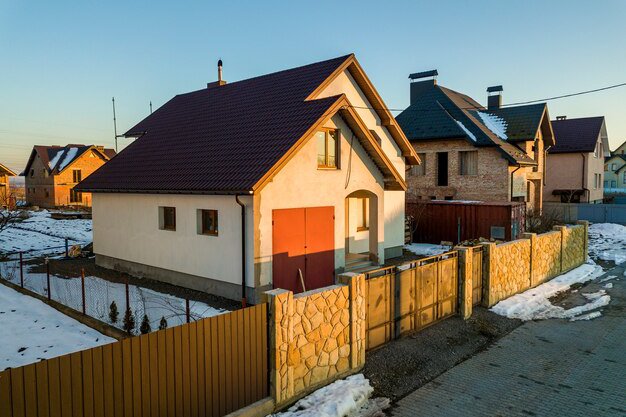
Maintaining Your Solar Roof
Maintaining a roof with integrated solar shingles involves caring for both the roofing material and the solar electrical components. Routine maintenance is similar to a standard roof: periodic inspections, cleaning gutters, and ensuring debris (like leaves or branches) is removed.
For the solar aspect, maintenance is generally minimal. Rain helps keep the surface clean. However, occasional cleaning might be needed in areas with heavy dust or pollen. It's important to follow the manufacturer's guidelines for cleaning to avoid damaging the PV cells.
Regular inspections by a qualified professional can identify potential issues early, such as damaged shingles or wiring problems. Monitoring the system's energy production through the inverter's monitoring system is also crucial to ensure it's operating optimally. A sudden drop in production could indicate a problem requiring professional attention.
Advancements in Solar Roofing
The field of solar roofing is continuously evolving. Manufacturers are working on increasing the efficiency of solar shingles, reducing manufacturing costs, and improving aesthetics to more closely mimic traditional materials like slate and tile. Integration with smart home technology and battery storage systems is also becoming more seamless, allowing homeowners greater control over their energy usage and providing backup power during outages. As technology advances, solar shingles are likely to become an even more attractive and accessible option for homeowners.
Making Informed Roofing Decisions
Considering solar shingles for your home is a significant step that offers both aesthetic and energy-saving benefits. It requires careful planning, understanding the technology, evaluating costs and incentives, and choosing qualified professionals for installation. Whether you're planning a future upgrade or assessing your options, having access to reliable information and resources is key. Exploring preliminary costs and connecting with experienced local roofers are fundamental steps in turning your solar roofing vision into reality.
